In the space of barely more than five years, with the publication of four pathbreaking books, Slavoj Žižek has earned the reputation of being one of the most arresting, insightful, and scandalous thinkers in recent memory. Perhaps more than any other single author, his writings have constituted the most compelling evidence available for recognizing Jacques Lacan as the preemient philosopher of our time.
In Tarrying with the Negative, Žižek challenges the contemporary critique of ideology, and in doing so opens the way for a new understanding of social conflict, particularly the recent outbursts of nationalism and ethnic struggle. Are we, Žižek asks, confined to a postmodern universe in which truth is reduced to the contingent effect of various discursive practices and where our subjectivity is dispersed through a multitude of ideological positions? No is his answer, and the way out is a return to philosophy. This revisit to German Idealism allows Žižek to recast the critique of ideology as a tool for disclosing the dynamic of our society, a crucial aspect of which is the debate over nationalism, particularly as it has developed in the Balkans—Žižek's home. He brings the debate over nationalism into the sphere of contemporary cultural politics, breaking the impasse centered on nationalisms simultaneously fascistic and anticolonial aspirations. Provocatively, Žižek argues that what drives nationalistic and ethnic antagonism is a collectively driven refusal of our own enjoyment.
Using examples from popular culture and high theory to illuminate each other—opera, film noir, capitalist universalism, religious and ethnic fundamentalism—this work testifies to the fact that, far more radically than the postmodern sophists, Kant and Hegel are our contemporaries.
- Cover
- Title
- Copyright
- Contents
- Series Editor's Preface
- Acknowledgments
- Part 1 Motives and Methods for a Multimodal Rhetoric of Science
- 1 Scientific Visuals: Rhetorical Potential and Rhetorical Problems
- 2 Toward a Multimodal Rhetoric of Science
- Part 2 X-Ray Diffraction Crystallography
- 3 From Agreements to Images: The Rhetorical Foundations of X-Ray Crystallography
- 4 From Images to Arguments: Assembling a Multimodal Argument in 1912
- 5 From Arguments to Alternatives: Rhetorical Recirculation in 1912
- Part 3 Seafloor Spreading
- 6 Mapping Motion through Magnetism: The Rhetorical Conception of the Vine-Matthews-Morley Hypothesis
- 7 From Artifact to Argument to Object of Agreement: The Assembly and Circulation of Magnetic Anomaly Maps
- 8 From Profiles to Timelines: The Assembly and Circulation of World-Moving Arguments
- Part 4 The Twilight Zone between Clouds and Aerosols
- 9 Naming the Sky: Rhetorical Definitions and Atmospheric Science
- 10 Revising the Twilight Zone: The Assembly of a Multimodal Scientific Dissociation
- 11 Tracking the Twilight Zone: The Circulation of a Multimodal Dissociation
- Part 5 Image Editors and Moving Images: Technologies of Argumentation
- 12 Learning from the Era When Science Met Photoshop: Toward an Ethical Rhetoric of the Digital Scientific Image
- 13 Integrating Moving Images into Scientific Arguments: From "Pseudomovies" to "See Movie 1"
- 14 Assembling Lessons from Assembling Arguments
- Bibliography
- Index
- A
- B
- C
- D
- E
- F
- G
- H
- I
- J
- K
- L
- M
- N
- O
- P
- Q
- R
- S
- T
- U
- V
- W
- X
- Y
- Z

